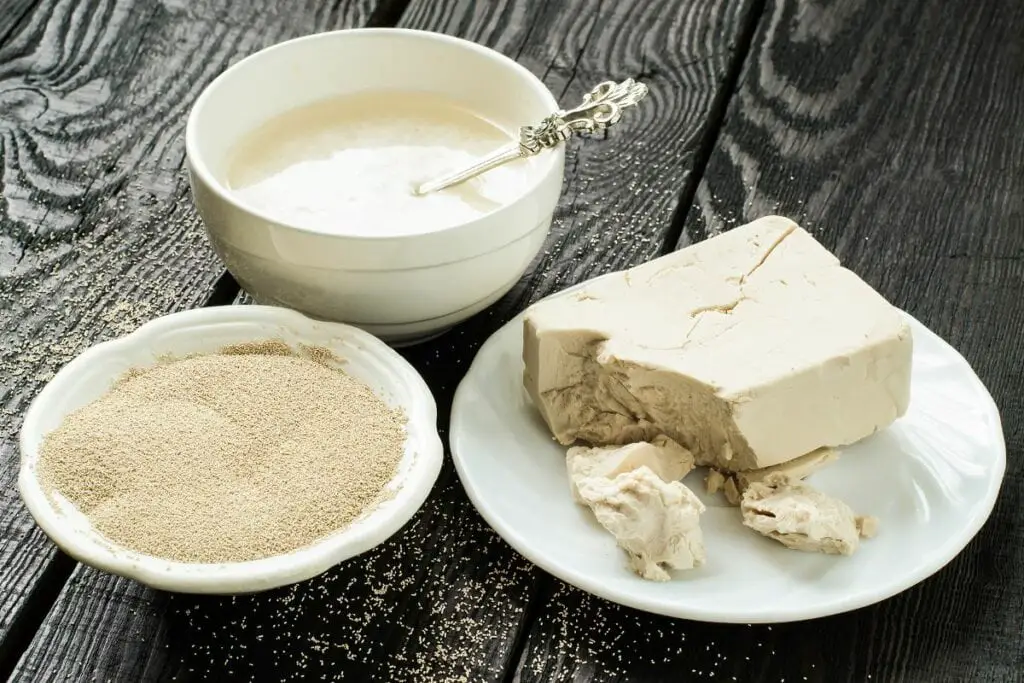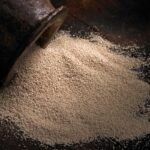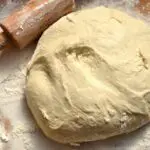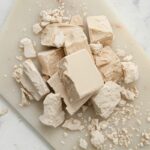Yeast is a useful ingredient used in baking. This single-celled microorganism is used to make a large number of baked goods, including bread dough and pizza dough. It can even be used in the production of alcoholic beverages.
When used in baking, you must research the correct way to store yeast. This is true regardless of whether you are using fresh yeast or dry yeast. To extend the shelf life of your yeast you may want to freeze it.
Luckily, this freezing yeast guide will tell you everything that you need to know.
Is It Possible To Freeze Yeast?
Yes, yeast can be frozen. When frozen, yeast should last for up to two years. As a result, placing yeast in the freezer is the ideal method of extending the length of time that you can use it.
Freezing yeast is a particularly great idea if you are a baker, as you likely won’t use all of the yeast in a packet.
How Should You Store Yeast?
Generally, the yeast should always be kept in an airtight container. This is because the lifespan of the yeast will be reduced if it is exposed to moisture.
For the most part, yeast will be stored at room temperature.
Unopened, dry yeast will typically last for two years. However, once the dry yeast has been opened, it will last for less time.
Remember to pay attention to the expiration date on your yeast and attempt to bake with it before this date.
How Can You Freeze Yeast?
It’s worth bearing in mind that the method that you use to freeze yeast will depend on the variety. To help you keep your yeast as fresh as possible, here are top tips for the different varieties of yeast:
Dry Yeast
With a granular texture, dry yeast is a popular choice with bakers. Unopened, dry yeast will last for a long period at room temperature.
When put in the fridge, dry yeast may last for 3 months. In the freezer, opened dry yeast can last for even longer.
When storing yeast, you should firmly seal any opened packs of dry yeast. Simply put the dry yeast into a freezer bag before transporting it to the freezer.
Fresh Yeast

Fresh yeast, also known as cake yeast, is a form of active yeast. Though this fresh yeast raises rapidly, it also tends to have a shorter expiration date than other forms of yeast.
As a consequence, fresh yeast is perfect for making baked goods, including bread. Just bear in mind that it will need to be used within a few weeks when kept at room temperature.
If you have a block of fresh yeast, you should cut the yeast into significant chunks. Namely, you should break down the fresh yeast into whatever portions you will need. This way, you will only need to defrost the required amount.
Then, wrap the yeast in plastic wrap. Ensure that the fresh yeast has been wrapped tightly. Continue to cover the rest of the portions of fresh yeast in plastic wrap.
Then, encase the fresh yeast in aluminum foil. This protection will ensure that the yeast remains moist. You can also freeze fresh yeast in a glass jar.
Next, you should place the covered fresh yeast into freezer bags. Make sure to write the date on the freezer bag so that you can better monitor its use-by date.
Finally, put the yeast in the freezer and use the thawed fresh yeast when required.
Liquid Yeast
As you can imagine, liquid yeast is sold in the form of packets or vials that contain yeast in a liquid form. A pouch of this yeast will last up to six months in the freezer.
Meanwhile, it will only last for around 4 months in the refrigerator.
Freezing this liquid form of yeast is a little more complex than storing dry yeast. One of the best methods of freezing this liquid will involve adding a cryoprotectant, such as glycerol.
Instant Yeast
Instant yeast is a form of dry yeast. With its long shelf life, instant yeast can be transferred to a freezer bag and left in the freezer. The instant yeast should be suitable for use for a maximum of six months.
Will Freezing Affect Yeast?
Freezing the yeast will not negatively affect it. When it has been frozen, the yeast will retain its texture and impact in recipes.
To ensure that you do not detract from the properties of yeast, you must correctly freeze this ingredient.
How To Defrost Yeast
After freezing the yeast, you will need to thaw it. When using fresh yeast, it is vital not to thaw it at room temperature.
This could kill off the yeast. Instead, the yeast should be left to defrost overnight. You can then use the defrosted fresh yeast to bake dough.
Dry yeast is a little more resilient than defrosted fresh yeast. You can let this yeast thaw at room temperature.
Frequently Asked Questions
Can You Freeze Yeast Dough?
Yes, yeast dough can be frozen. It should be put in the freezer following the first rise. You need to be particularly careful when freezing dough, such as a sourdough starter, as you can accidentally kill the yeast.
Can You Use Expired Yeast?
Yes, you can still use yeast even if it has passed the use-by date. This is because the yeast will often still be active. Yet, the results can vary.
For instance, the dough may take longer to rise. As a result, it is recommended that you avoid using expired yeast.
How Can You Tell If Yeast Has Expired?
To determine if your yeast has expired, you will need to conduct a proving method. To do this, simply add the yeast to a little warm water with a sprinkle of sugar.
Leave the yeast and sugar mixture for approximately 10 minutes. If the yeast starts to bubble, this will indicate that the yeast is suitable to use.
Final Thoughts
Yeast is a versatile ingredient that comes in numerous forms, including dry yeast. Luckily, you can continue to use the yeast for a long time by freezing it.
As a result, freezing yeast is an incredible idea for bakers. Happy baking!









